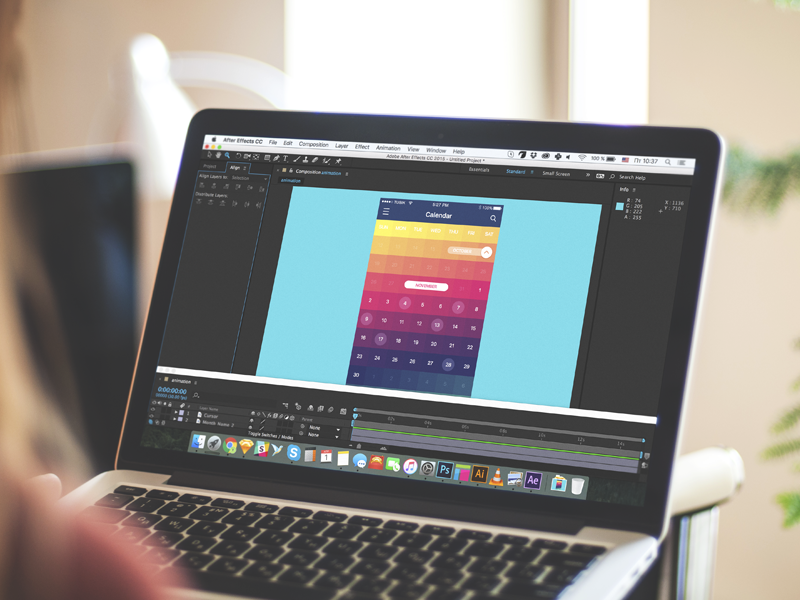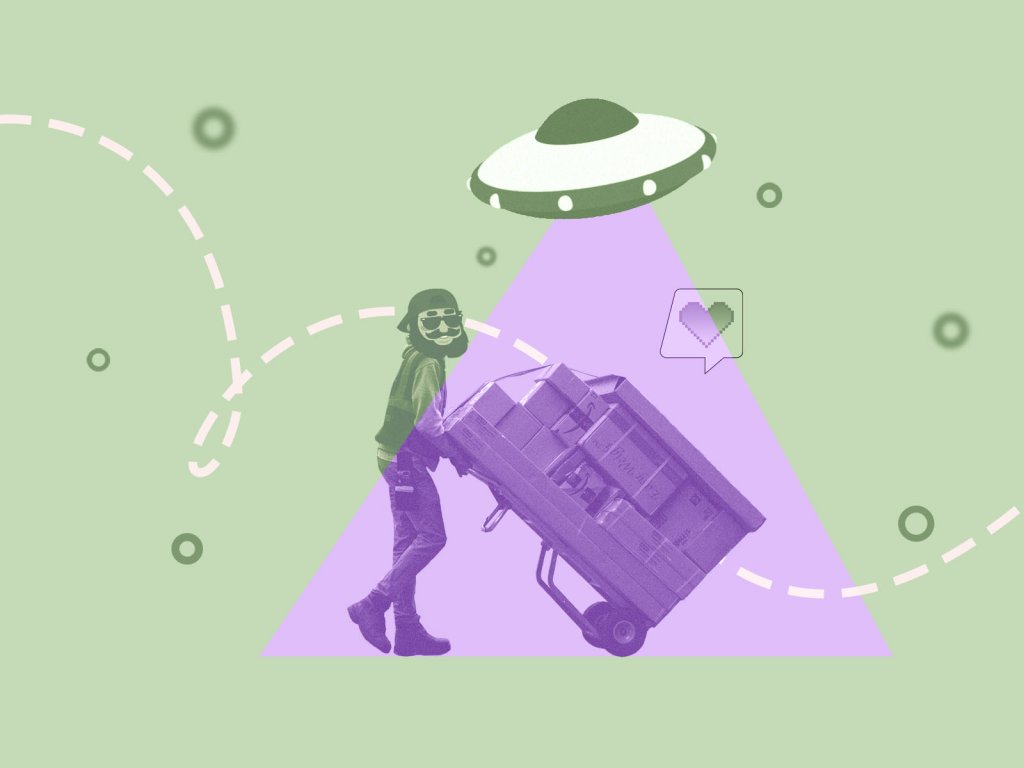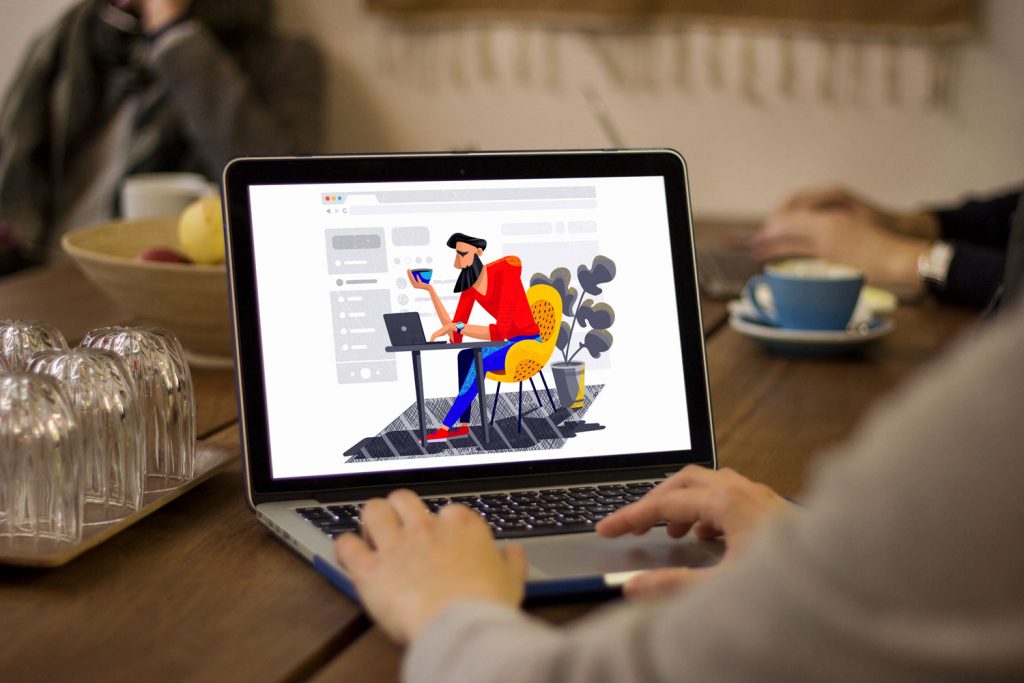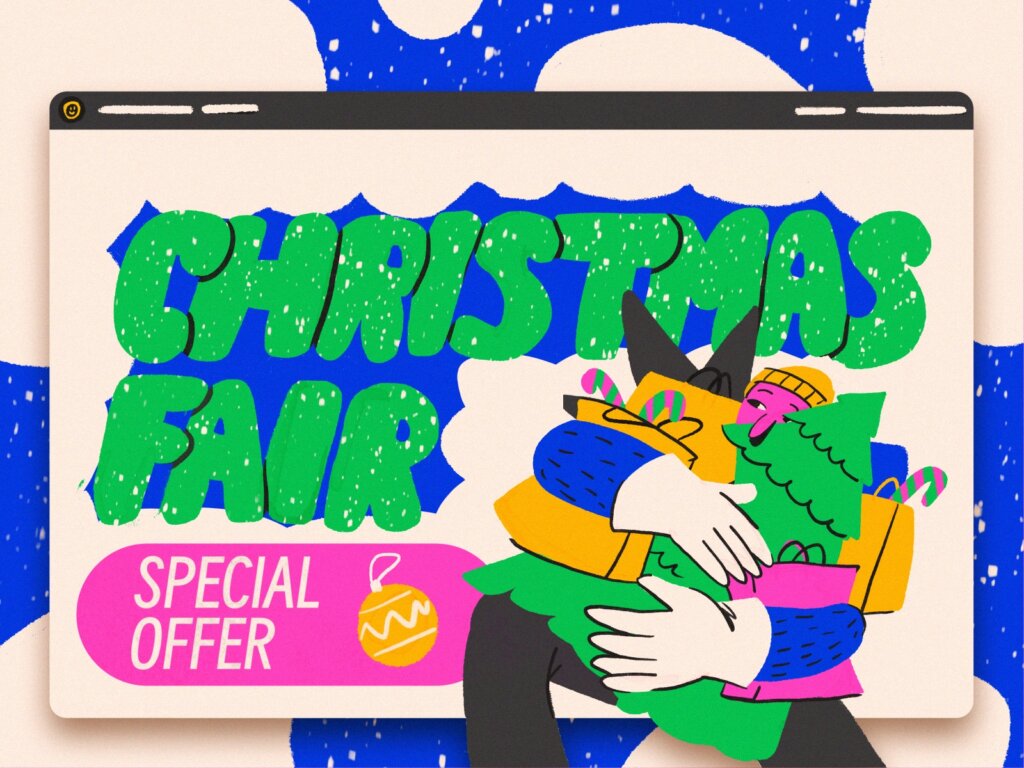We are living in the times when information is absorbed faster and faster via numerous ways and sources. Videos of all kinds are increasing their popularity in many spheres including education and entertainment. Surely, one of the fields where video production is rapidly growing its presence is marketing with the aim of promoting and selling products and services. It’s not surprising as videos are often faster and more expressive than other ways of sending the message to potential buyers or customers. So, creative teams accept the challenges of making original video content which is not so easy under the conditions of tight competition and tons of already produced commercials and promos.
Watching a short promo video on the web or TV, most viewers don’t even imagine how much time and effort those short seconds of animation take from their creators. In the vast majority of cases, the visual part of the video is made by the team of illustrators and motion designers. Today we would like to show you the creative flow of the design process we have for this kind of projects as well as answer the questions frequently asked by the clients who need the custom design of a promo video.
Types and benefits of promo videos
In one of our previous articles devoted to design of promo videos for websites, we have given a classification. Let’s just briefly review the frequently used types:
– introduction video usually gives the first insights about the company, product, or brand and shows what benefits the users can get
– product presentation videos give details about the product’s features and advantages, informs about special steps of interactions and shows the problem-solving potential of the product
– landing page videos strengthening the message driving users to a particular call-to-action offered on the page
– video testimonials showing the reasons and signs of trust and loyalty to the company, brand or product
– entertaining and educational videos rising emotional appeal and often presenting the material for viral marketing.
All the mentioned types can serve efficiently for marketing goals and increase brand awareness. A creative and catchy video is a good way of attracting customers’ attention and the proven method of informing them quickly and brightly. A video activates several channels of perception – audio, visual, sound – simultaneously, and usually do it in a way of telling a story. All the mentioned combinations of factors tend to make the presentation strong and memorable especially if based on high-quality graphic design and animation. People are daily overloaded with tons of information of all kinds, so most of them aren’t ready to devote much time to learning about products or services, especially the new ones. In these conditions, video can become the way of communication which is dynamic, informative, and attractive.
No doubt, technically design any sort of video is the complex multi-level process in terms of design. Promotional video adds its own specific aspects being focused on the particular business goals.
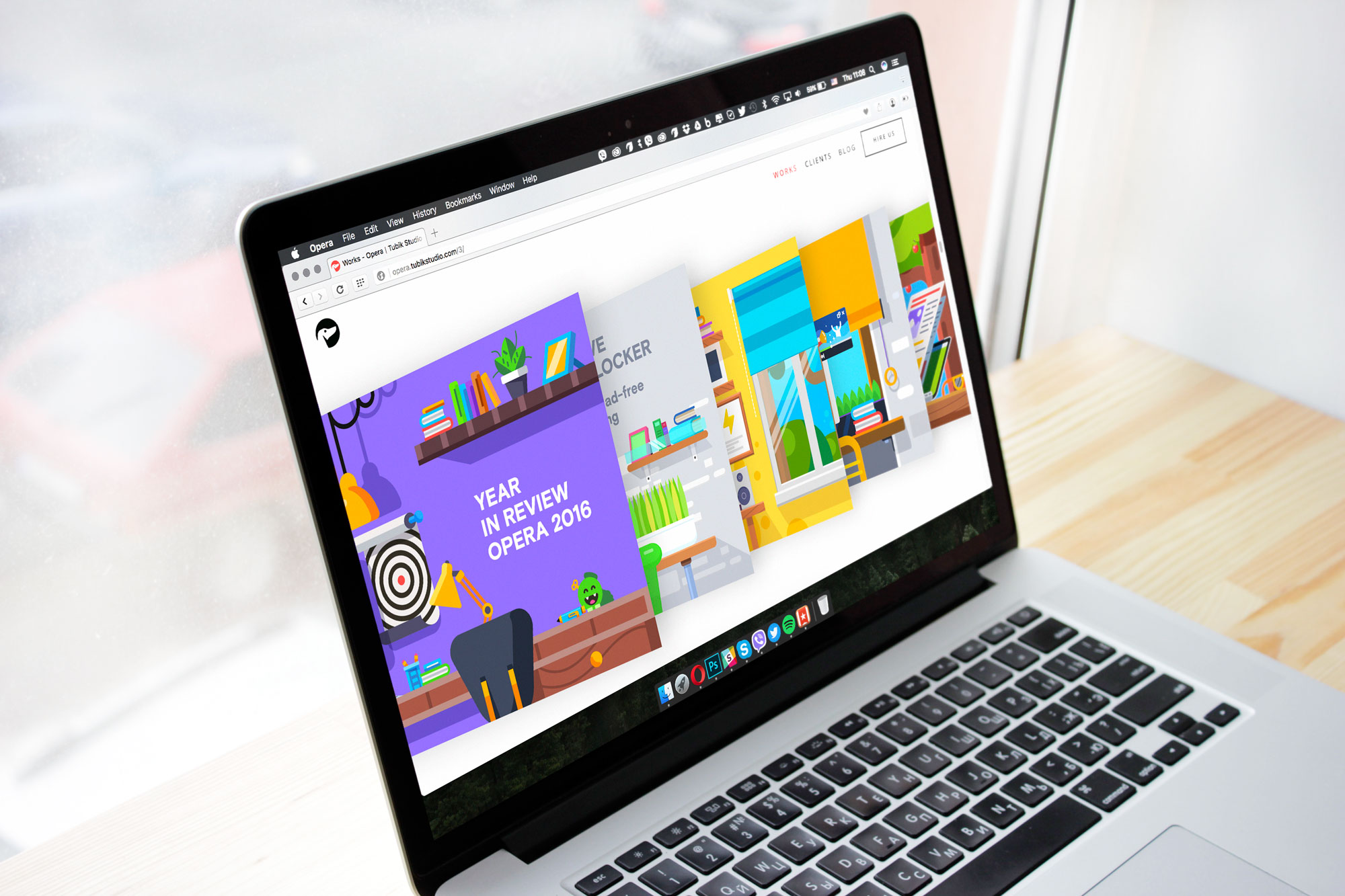
Creative stages of video production
Generally, the process of video production includes the following steps:
– research stage: target audience and market research
– pre-production stage: scriptwriting and storyboarding
– production stage: creating the graphic assets and animation
– post-production stage: video editing, adding sounds, music, voice-over, etc.
Pre-production
Being a full-stack design team, Tubik is usually involved in the process at the pre-production stage which means that the creative flow starts with discussing a video script we get from the client. Obviously, the most effective scripts are the ones based on the preliminary market research learning what kind of promos are used by the competitors on the market. Another important factor of making the idea behind the video appealing is the definition of the target audience. To make the final promo attractive and interesting, designers need to know who are its potential viewers, their age, preferences, and goals. So, if this information is not provided by default in the project brief, designers have to be ready to ask for all the missing data while the clients would better consider all these aspects beforehand.
Script and voice-over
The scripts for the future videos come to us in different forms: some of them are really basic, containing preferred timing of the video, general description of the scenes and their sequence while the others present the documentation with the full scenario of the scenes and even the audio with its voice-over. Is that essential to present the audio before the graphics for the video start to be done? Well, it really helps. Having ready-made voice-over, motion designers can achieve the best synchronization of the footage with the sound right from the start of the production process.
As a tip for clients who are considering custom video design for their business projects, we would recommend ordering voice-over from professional voice-actors aka specialist voice talents. Be careful choosing the voice as it should correspond to the offer and mood of the video, all the words should be legible and the tone would better correspond to the preferences of the target audience. The same could be said about the music if the promo doesn’t apply speech: sound and imagery should harmonically support and strengthen each other instead of living their own lives. That is why if needed our team is always ready to take part in the process of choice and recommend possible types of voices or background music which could work well for the created type and style of the video.
Is it possible to start working on the promo video before the voice-over or soundtrack is ready? Certainly, yes. However, the client should be ready that the additional time will be needed for alterations and editing combining the sound with the already created footage which wasn’t based on the given sound initially. This is really the matter of seconds when all movements and sounds have to feel like clockwork.
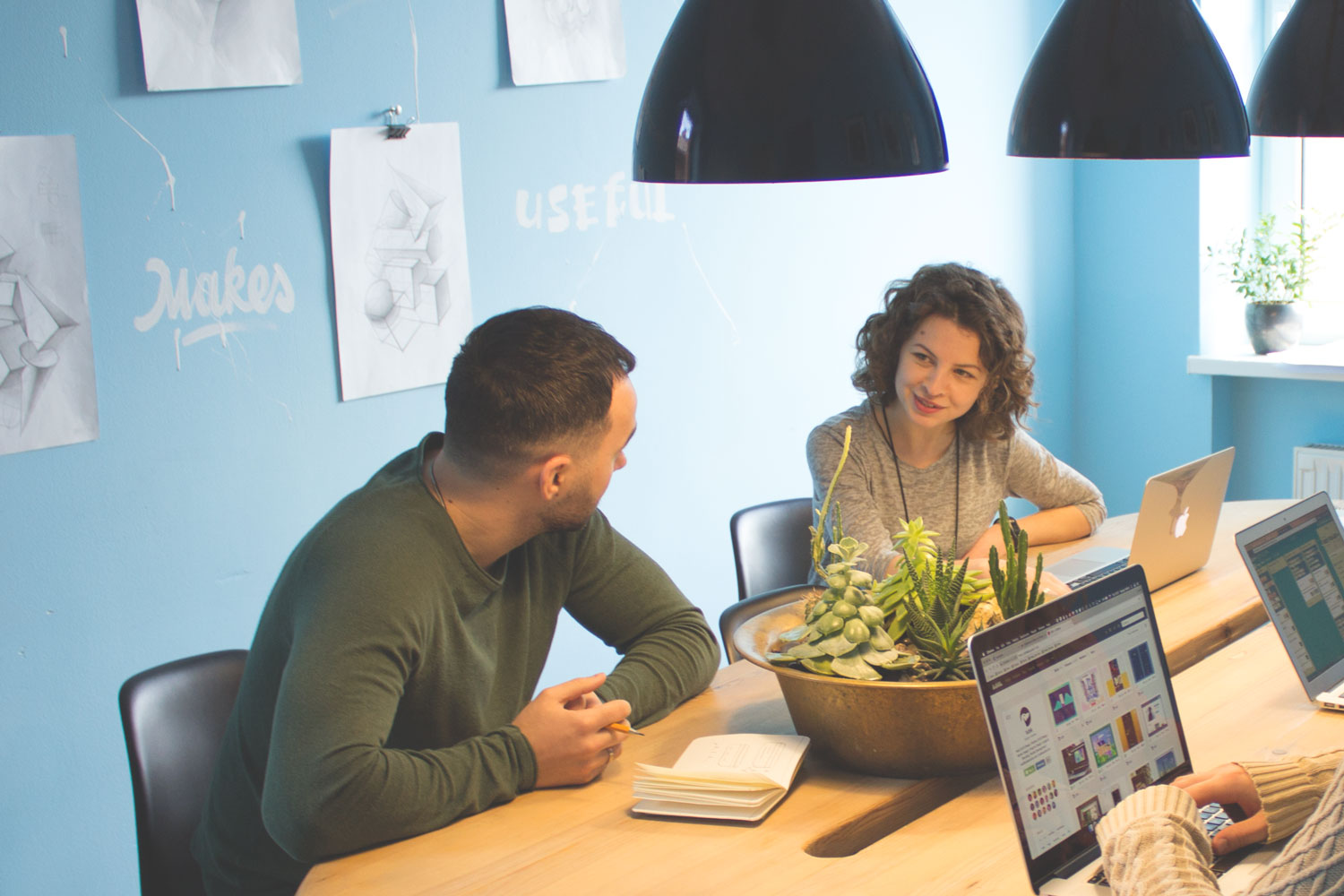
Storyboard
The other part of the pre-production stage is fully done on the design team side: it’s a creation of a storyboard for a future short video. Storyboard is the set of organized graphic assets: these are the illustrations arranged in the sequence of their flow for the video. This technique is not a new thing: its early version is said to be invented by the Walt Disney Animation Studio in the 1930s and has been adopted by many animation studios around the world. Storyboard visualizes storytelling and gives a better idea of the flow of the video. It allows the design team and the client to discuss the details about the visual part and the sequence of scenes before the motion designer starts the actual animation. Depending on the requirements and urgency of the project, images applied for the storyboard can feature a various level of fidelity, from simple sketches to sophisticated and detailed illustrations.
At this stage it’s vital to set a constructive dialogue between the design team and the client: every single image in the storyboard should be discussed and approved in terms of general idea and goals set for the video. This type of design has many specific features and motion designers have to be ready to explain them: it can happen that clients express ideas and wishes which technically can overload the footage or look bad in the limited timing. Getting deeper into the goals and results which the client expects, designers look for the optimal solutions which will make the video both good-looking and effective.
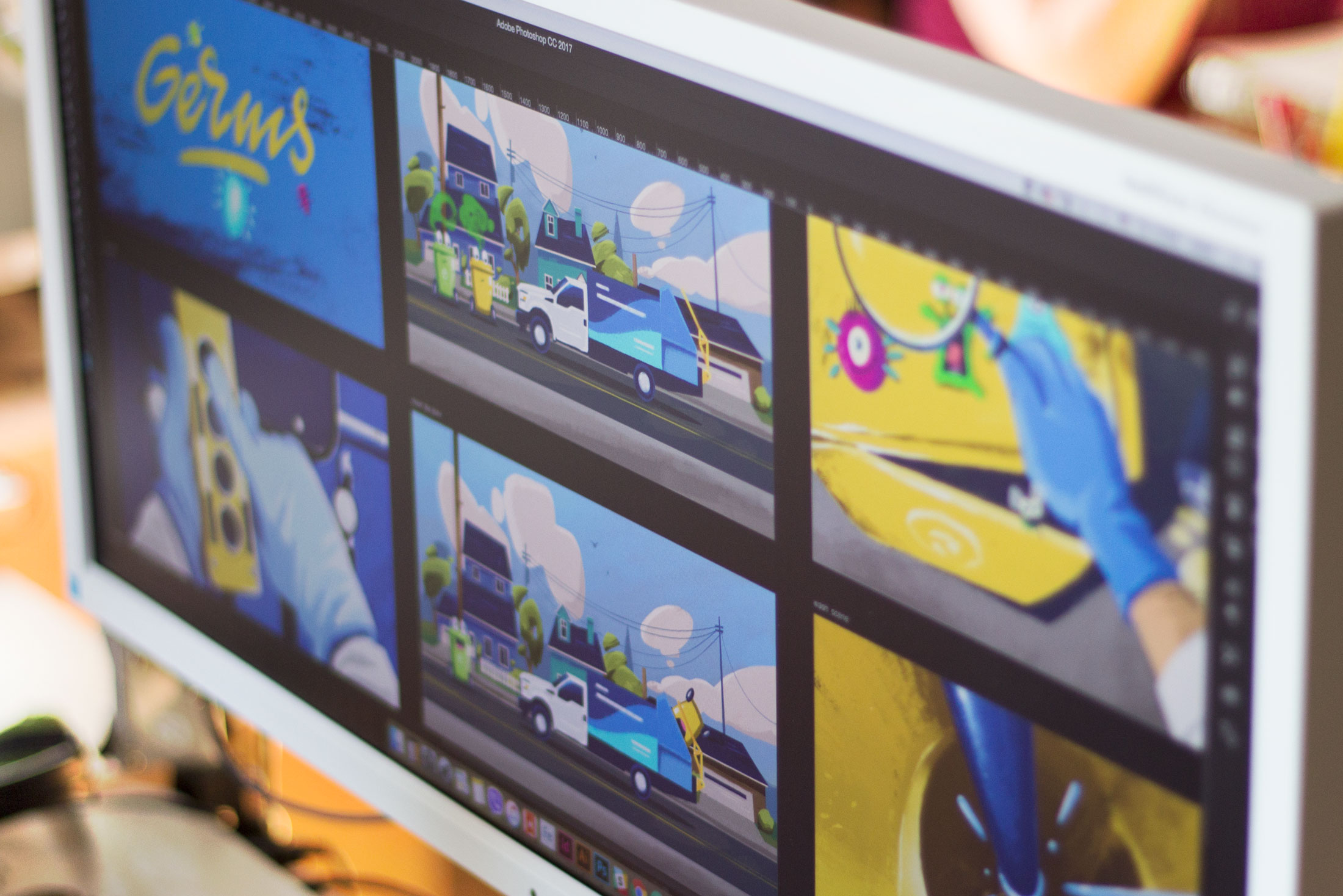
Sometimes the clients come with only a basic understanding of what they want to get not having strong visual preferences. In this case, mood boards compiled by motion designers can give the client a variety of possible styles and flows to feel better what they want to see.
Production
When the storyboard is all agreed upon and every illustration in the footage is accomplished hi-res according to the approved style, graphic designers polish all the details and prepare all the necessary assets for the motion design stage. At the moment, the software used for these types of work here in Tubik is Adobe After Effects, so the motion designer can work on some elements by himself on the basis of the existing functionality of the tool and without additional effort from the graphic designer side. However, most of the assets are prepared by illustrators and altered in the process if necessary: when it comes to motion, sometimes even slight changes measured in millimeters can have a big impact on the result. That is another advantage of our having graphic and motion designers in one team as they work together on all the details and assets and can consult with each other any moment it’s needed. It makes the workflow dynamic and productive enabling the client to get the video without wasting time trying to bring several teams together.
After the animation of all the shots is done, it’s thoroughly checked along the required timing and harmonic combination with the voice-over. The final version of the video is then delivered to the client to be transferred to the professional sound designer – this service isn’t provided by our team.
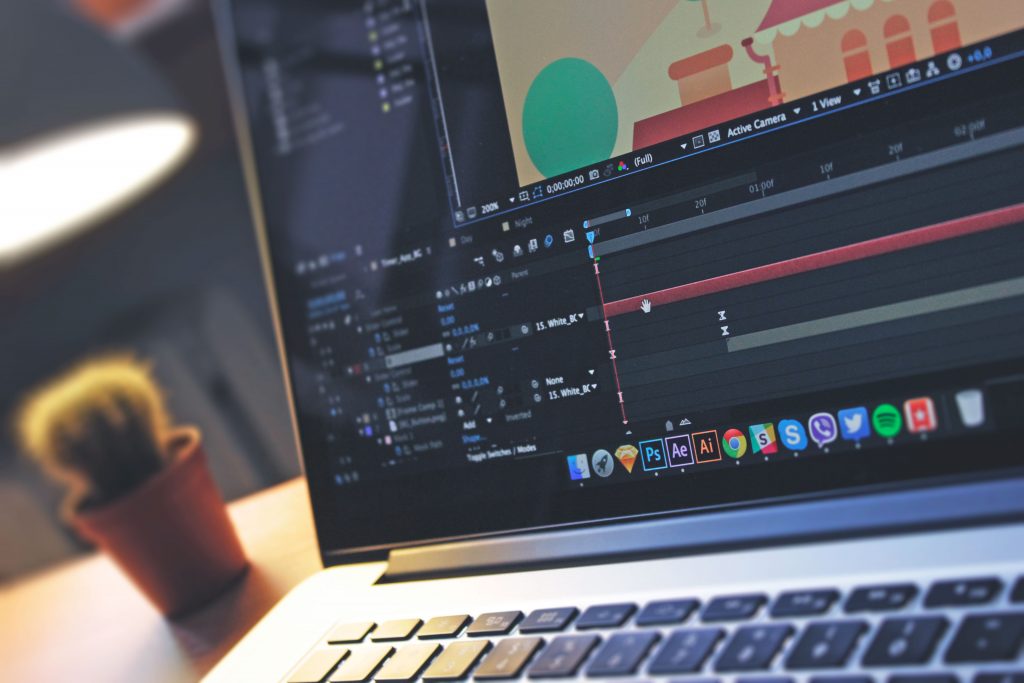
Case Studies
Here is the set of short promo videos designed by the Tubik team: to check more about the project, follow the links.
Promo video for PassFold project
Year-in-review video for Opera
Promo video animated for Binned
The described creative flow is used here in the studio not only for promotional videos but also for explainer videos, educational videos, and cartoons for various purposes. Productive work and the effective results are always based on thorough research and tight collaboration with the client to satisfy the viewers and support the business goals at the same time.
Useful Articles and Case Studies
5 Reasons to Make Animated Video for Your Product
Case Study: Opera. Year-in-Review Video Design
Case Study: Binned. Design for Promo Video Production
Case Study: OffCents. Explainer Video Production
How to Create Original Flat Illustrations: Designer’s Tips
Don’t Stay Still. Why Brand Needs an Animated Logo
Welcome to read or download free e-books about Design for Business and Problem-Solving Web Design



